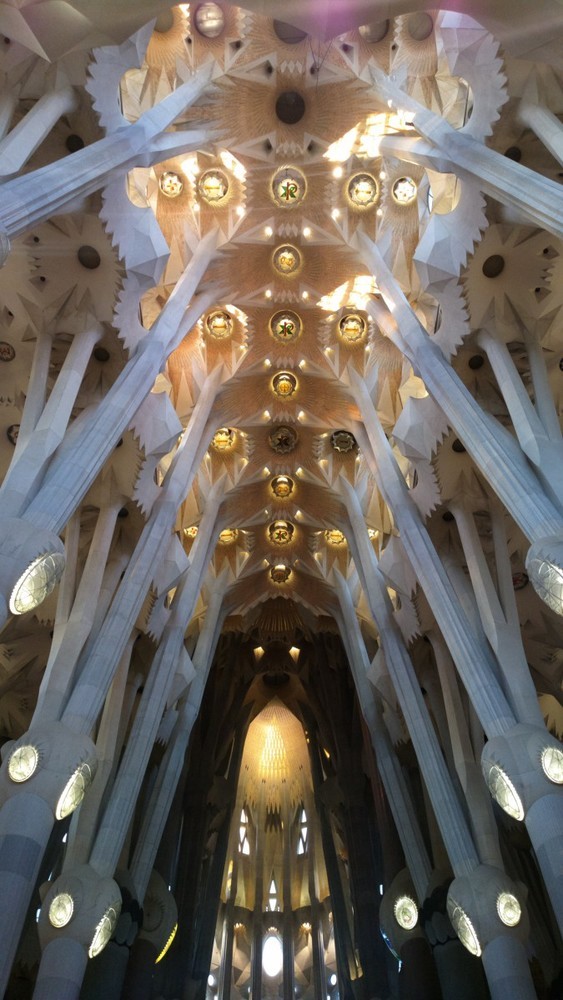Cultural heritage and vulnerable people
Cultural Heritage is the legacy of natural heritage and both an intangible and tangible culture, which is passed on from past generations to present and future generations.
Knowing cultural heritage means not only enjoying amazing artefacts, masterpieces, monuments, buildings and landscapes. It also means knowing and understanding cultural diversity and variety, developed throughout the ages, as a basis for social multiplicity. Since culture and Cultural heritage have always been flowing, they belong to all humankind. By valuing and caring for Cultural Heritage through Conservation we can avoid its oblivion.
However, wars, acts of vandalism, bad management and natural disasters cause irreversible losses. According to a new study, an international team of researchers has identified how global climate change and the subsequent global sea -level rise will impact on 40 out of the over 720 sites currently listed at UNESCO’ s World Heritage. Some of these sites include the Statue of Liberty in New York, the Tower of London, the Sydney Opera House and the city centres of Bruges, Naples, Istanbul, St. Petersburg and some sites in India and China.
“Our analysis shows how serious the long-term impacts for our cultural heritage will be if climate change is not mitigated" the scientist Levermann said. "The global average temperature has already increased by 0.8 degrees compared to pre-industrial levels. If our greenhouse-gas emissions increase as they have done in the past, physical models project a global warming of up to five degrees by the end of this century.”
But this is a problem in addition to the very important question of migration caused by climate change, which will produce huge problems world wide. Some significant studies have been carried out on the effect of flooding, drought and rising sea levels on human migration patterns over the next 50 years. This is by far a very important topic to analyze and to take on.
MORE here



